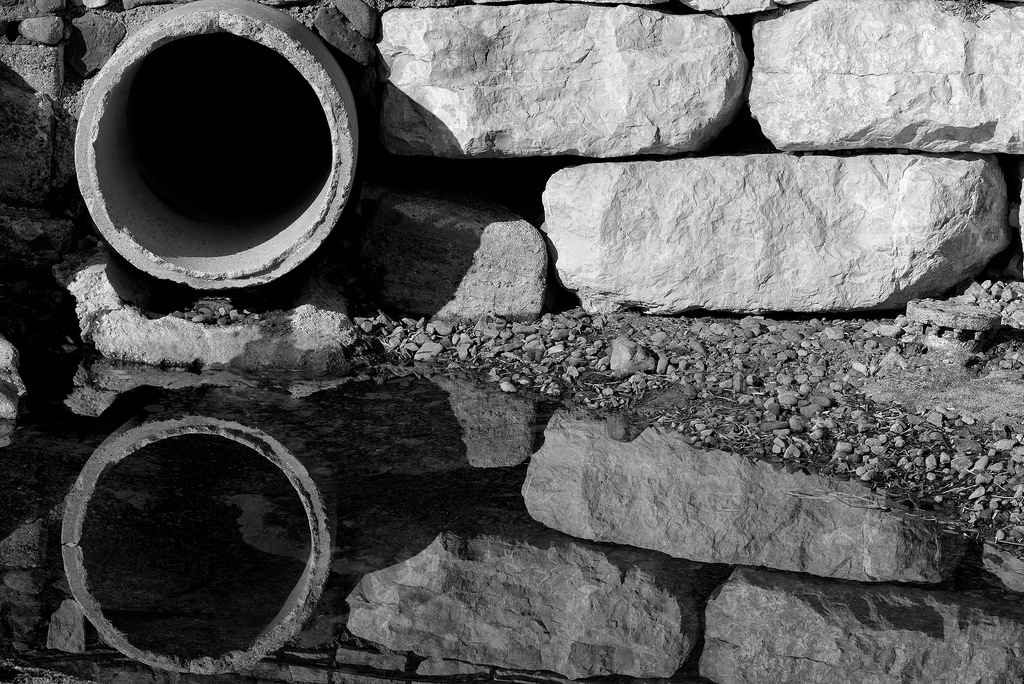6 Tips for Improving Drainage
Local Gravel Supplier, Turf and Topsoil, Drains and Drainage

Below, you’ll find 6 tips for increasing drainage
- Using porous gravel as a ground cover for paths, driveways and relaxation areas maximises drainage because water can filter in to and through the chippings
effectively. It also provides greater winter safety underfoot and wheel as the 10mm-20mm chippings don’t allow a sheer frozen surface to form.
Porous gravels suit traditional, contemporary, commercial and informal spaces; the design and application limits lie within your imagination. Do you want Thames Valley flint multicolour gravel or a rich warming Cheshire Pink? Do you crave ice blue, monochrome or golden tones? We’ve got local and internationally sourced porous gravels which you’ll fall in love with. - You may wish to install French drains; porous gravel trenches with concealed pipework below turf or at the edge of impermeable materials so that water can trickle and seep downwards. If you install pipework and gravel rising to ground level, you can also syphon moisture in to a drain or a water butt for watering purposes. Gravel suppliers like us recommend these lasting solutions but always ensure that any incline of the piping does not lead water in to the property.
- Gravel is perfect for installation over planting, either in pots or on borders. Although landscaping bark can also be used, a wider range of styles, sizes and colours, make visiting a gravel supplier a must on the to-do list. Your plants will thank you for the additional care; many rot away and die in boggy conditions.
- For areas which suffer from rainwater pooling, you could consider installing raised beds made from brick or timber. Add fresh topsoil for the best results. These not only remove the plants from the saturated soil but add an architectural feature in the space. This results in aesthetics and practicality at an attractive price.
- Double check that outbuildings, sheds, garden houses and greenhouses aren’t contributing to your water drainage problem. It can be easy to forget that rain will fall to the ground from these structures and neighbours’ roofs. You might need to provide better water removal above ground with pipes, run-off trenches or a water butt to counteract this.
- Is your soil compacted? Are roots blocking or hampering drainage? If moisture cannot break through the surface, it won’t obligingly grab a spade and dig down – that’s your job. Installing topsoil will help drainage too.
Our gravel suppliers and landscaping experts are based in Hare Hatch, Tadley, Newbury and Windlesham; armed with porous gravels, timber, topsoil and advice for affordable alterations that you can make in a few hours which benefit you for years.